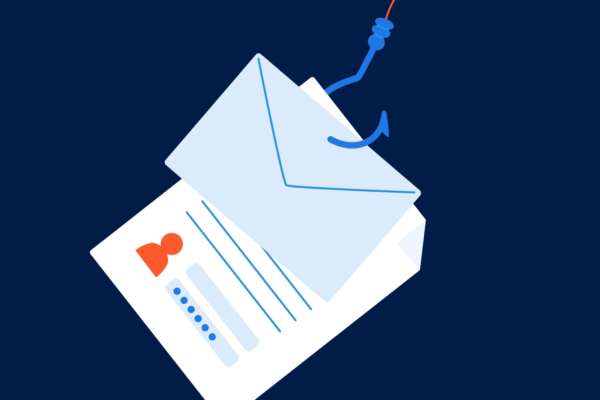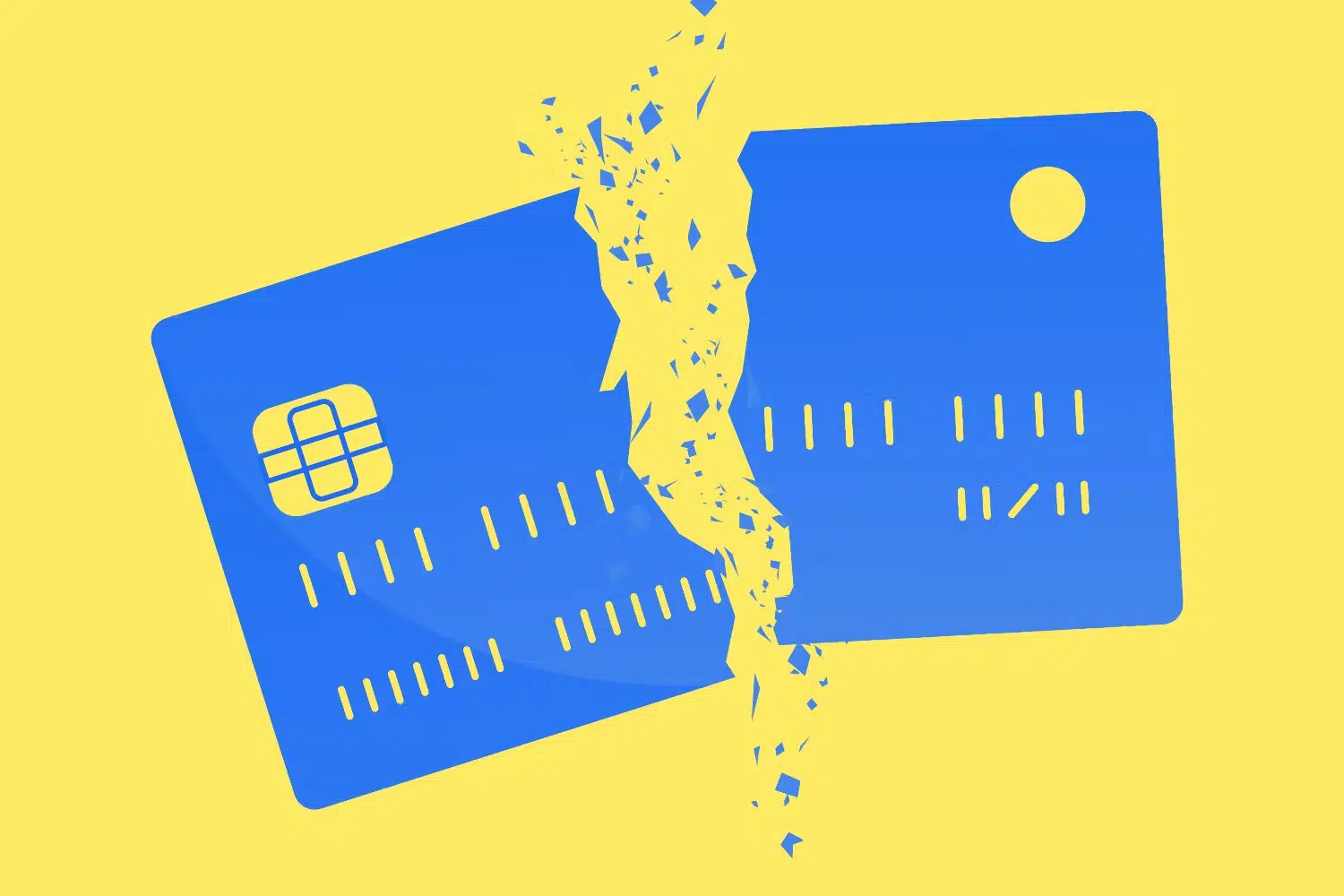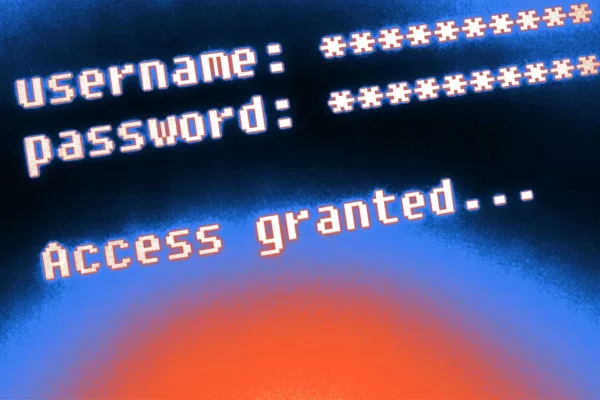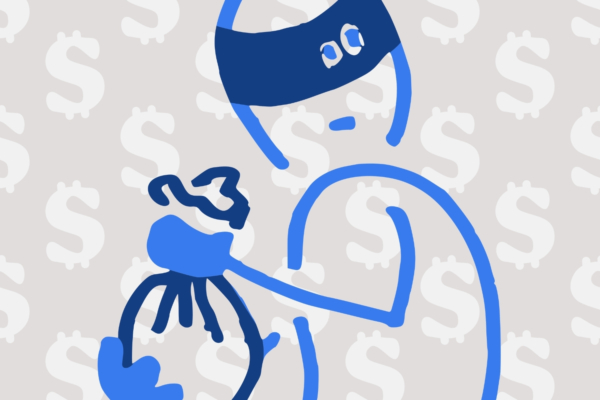
What Exactly Is Card Cracking?

The allure of easy money is difficult to resist even for the most financially experienced of us, but for teenagers, college students, and young adults in particular, the promise of fast cash can be extra enticing. Scammers are eager to take advantage of that naivete, and as a result have begun to employ with alarming frequency a new form of identity theft, known as “card cracking”.
But what exactly is card cracking, and how can you protect yourself from criminals who have become increasingly creative? Here, we’ll explain what card cracking is, how it works, and how you can protect yourself and your family from a form of credit card fraud that is on the rise nationally.
What Is Card Cracking and How Does It Work?
In the scam known as card cracking scam, criminals essentially recruit unsuspecting individuals to commit fraud on their behalf via an online solicitation for easy money. There are several steps in the process:
- Step 1: Social Media Message. Usually, a scammer will reach out on social media with a message promising a way to make some fast cash. Many times, the scammer will lure in victims with promises of higher education financial aid, such as scholarships or loan forgiveness programs advertised as legitimate. Sometimes the criminal will lead the victim to believe that they’ve been offered an online job other way to earn quick, easy money.
- Step 2: Collect Account Information. Once they’ve gained your trust, the scammer will then ask you to share your financial information with them, saying that they want to sign you up for automatic deposits. They may request your debit card number and pin, bank account number, and/or credit card information.
- Step 3: Mobile Deposit. Next, the scammer will use the information collected to deposit check(s) into your bank account(s). These checks are usually either stolen or counterfeit.
- Step 4: Withdraw Funds. After the check has been deposited into your account, the scammer will use your bank account information to immediately withdraw the funds at an ATM before the bank has time to verify the legitimacy of the check. They may even withdraw more than what was deposited, all while promising you a portion of the proceeds—a promise that they may or may not keep.
- Step 5: The Check Bounces. Sometime after the deposited funds have been withdrawn, the bank will realize that the check was counterfeit or stolen. Depending on how much they took, your bank account may have a negative balance.
- Step 6: Report a Stolen Card. If the criminal hasn’t completely disappeared by this time, they may coach you to report a lost or stolen credit card in order to have the bank refund you the money.
- Step 7: Receive a Reimbursement. The bank may reimburse you for the stolen funds, and the scammer may try to repeat the whole process again until the bank realizes a card cracking scam is underway.
- Step 8: Criminal Liability. Because you have been complicit in this scheme—whether you knew it was illegal or not—you can be held criminally liable as an accomplice.
How Can You Protect Yourself from Card Cracking?
Now that you know how card cracking works, you should be on the lookout for any online solicitations for easy money. If they seem too good to be true, they probably are. Aside from staying informed, there are a few other steps you can take to protect yourself and your family from becoming a victim of card cracking.
- Don’t Respond to Online Messages Promising Easy Money. Scammers undertaking card cracking schemes will try to convince you that this is a quick and safe way to earn extra cash. Be aware that easy money is rarely legal money.
- Never Give Your Financial Information to Strangers. It’s crucial to your financial security to keep this information private at all times. Although scammers are experts at using context to make requests for your account information appear reasonable and legitimate, you should never share bank account numbers or PIN information with anyone—ever.
- Don’t File a False Claim with Your Bank. If you try to recover the money stolen from you by wittingly or unwittingly filing a false claim with your bank, you become a co-conspirator in fraud.
- Report Suspicious Posts. If you receive social media messages promising fast cash, it’s a good idea to report them to the social media site as soon as possible to protect you and other users from becoming victims. These sites will usually feature a drop-down menu on or near the post to report suspicious activity. If you receive messages in the form of emails or text messages, report them to the Federal Trade Commission’s Report Fraud site.
- Monitor Your Accounts. Keeping a close eye on your financial accounts is a good idea in general, but when it comes to scams like card cracking, the sooner you report any suspicious or fraudulent activity to your bank the better. While an unexpected deposit may be enticing, not reporting the transaction may leave you on the wrong side of the law if it’s a card cracking scam.
- Cancel Lost or Stolen Cards. If you do notice suspicious activity—or have lost your card altogether—most credit card companies will allow you to easily report and cancel a lost or stolen card in their app or on their website.
- Check Your Credit Report Regularly. Whether it’s card cracking or other forms of identity theft, it’s important to monitor your credit to protect yourself. You’re entitled to one free credit report every year from each of the three nationwide credit reporting agencies—Experian, Transunion, and Equifax. You can access these reports at annualcreditreport.com.
Stay Informed and Remain Skeptical
When money is tight, it’s understandable that you might look for ways to earn cash fast. Scammers rely on their victims’ trusting nature—and often their desperation—to swindle them out of the hard-earned money they do have. Stay on top of new tactics that criminals might use to steal your money, and always be skeptical of quick-cash “opportunities.” While easy money is always enticing, it’s usually too good to be true.
Become an Amplify Member
Every Amplify account holder enjoys fee-free banking. That means no overdraft, maintenance, or other banking fees cutting into your pocket.


